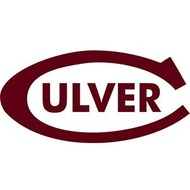
(View Complete Item Description)
How is it that all cells in our body have the same genes, yet cells in different tissues express different genes? A basic notion in biology that most high school students fail to conceptualize is the fact that all cells in the animal or human body contain the same DNA, yet different cells in different tissues express, on the one hand, a set of common genes, and on the other, express another set of genes that vary depending on the type of tissue and the stage of development. In this video lesson, the student will be reminded that genes in a cell/tissue are expressed when certain conditions in the nucleus are met. Interestingly, the system utilized by the cell to ensure tissue specific gene expression is rather simple. Among other factors - all discussed fully in the lesson - the cells make use of a tiny scaffold known as the “Nuclear Matrix or Nucleo-Skeleton”. This video lesson spans 20 minutes and provides 5 exercises for students to work out in groups and in consultation with their classroom teacher. The entire duration of the video demonstration and exercises should take about 45-50 minutes, or equivalent to one classroom session. There are no supplies needed for students’ participation in the provided exercises. They will only need their notebooks and pens. However, the teacher may wish to emulate the demonstrations used in the video lesson by the presenter and in this case simple material can be used as those used in the video. These include play dough, pencils, rubber bands (to construct the nuclear matrix model), a tennis ball and 2-3 Meters worth of shoe laces. The students should be aware of basic information about DNA folding in the nucleus, DNA replication, gene transcription, translation and protein synthesis.
Material Type:
Lecture
Author:
Rabih Talhouk, Elia El-Habre



















